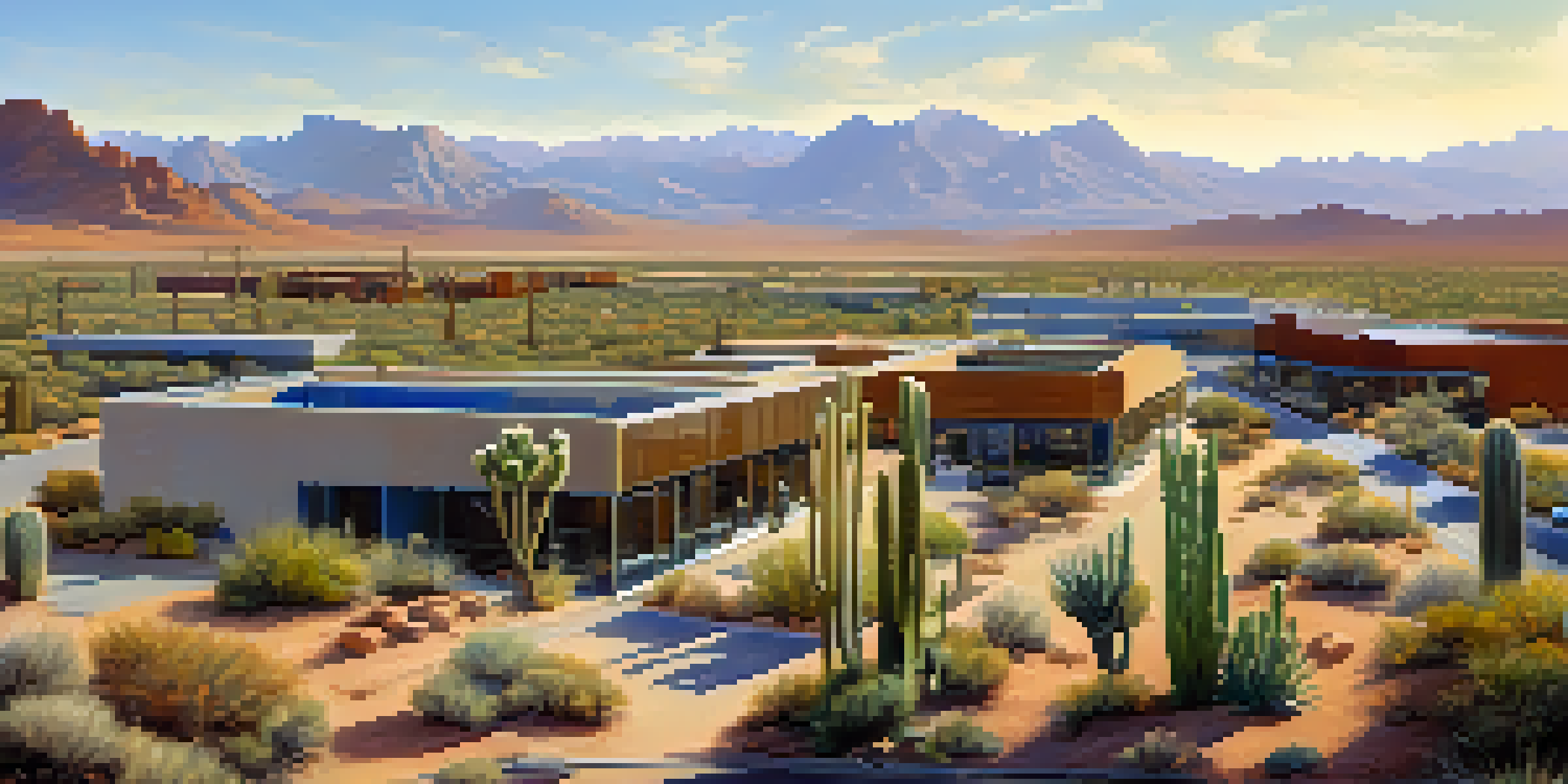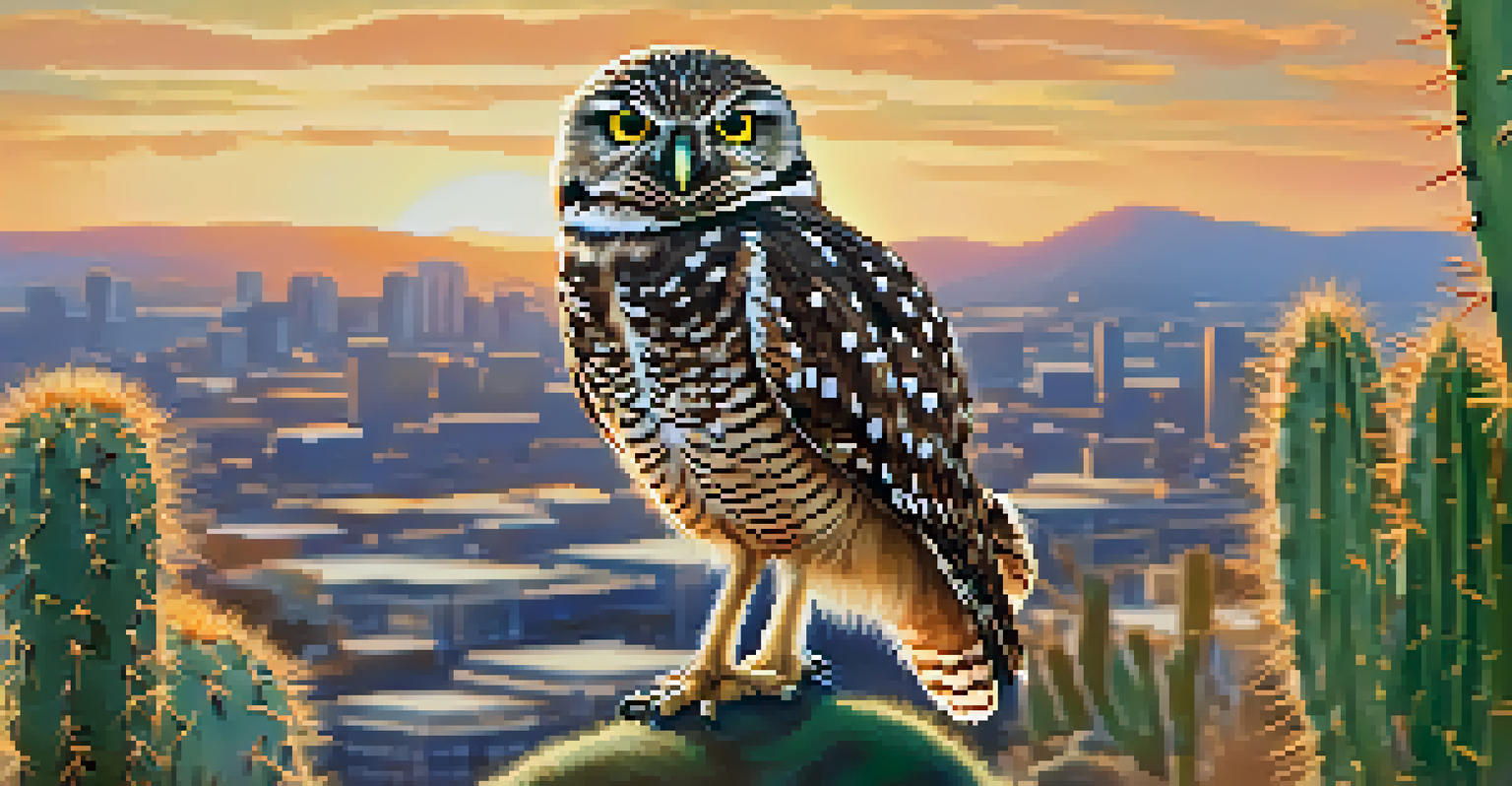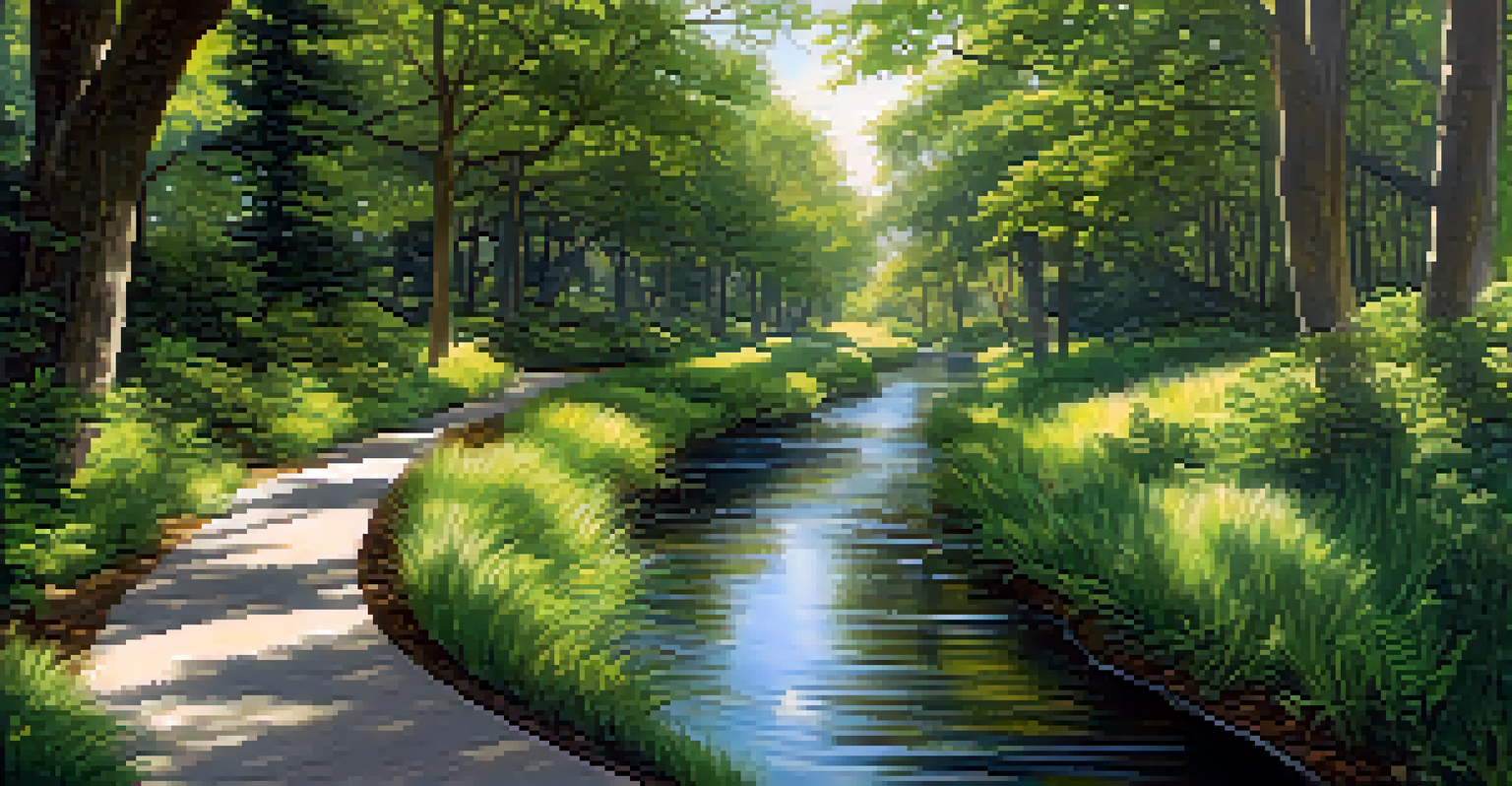Wildlife Habitat Loss Due to Urban Growth in Arizona Explained

The Rapid Urban Expansion in Arizona
Arizona has experienced significant urban growth, especially in cities like Phoenix and Tucson. This rapid expansion is driven by a booming population and economic opportunities that attract new residents. As more people move to the state, the demand for housing, infrastructure, and services increases, leading to the development of previously untouched lands.
In nature, nothing exists alone.
With every new neighborhood or commercial area, natural landscapes are transformed into urban environments. This transformation often results in the destruction of vital wildlife habitats, which are crucial for the survival of many species. The unique ecosystems of Arizona, such as deserts and grasslands, are particularly vulnerable to this kind of development.
The challenge lies in balancing growth with environmental conservation. As urban areas expand, it becomes essential to recognize the impacts on local wildlife and their habitats, prompting discussions about sustainable development practices.
The Importance of Wildlife Habitats in Arizona
Wildlife habitats in Arizona are more than just homes for animals; they play a critical role in maintaining ecological balance. These habitats support biodiversity, which is essential for ecosystem resilience and the overall health of our environment. In Arizona, species such as the desert tortoise and the Gila monster rely on specific habitats that are now increasingly at risk.

Moreover, these habitats provide ecosystem services that benefit humans, such as pollination, water purification, and carbon storage. When urban growth encroaches on these areas, we not only threaten the wildlife but also compromise these invaluable services. It’s a stark reminder that healthy ecosystems are integral to our quality of life.
Urban Growth Threatens Wildlife
The rapid urban expansion in Arizona is leading to habitat loss for essential wildlife species.
Recognizing the importance of these habitats can help foster a greater appreciation for wildlife conservation efforts. By understanding their role, we can better advocate for policies that protect these spaces amid urbanization.
Key Species Threatened by Habitat Loss
Urban growth in Arizona poses a direct threat to various species that depend on specific habitats for survival. For instance, the Western burrowing owl, known for its unique nesting behavior, faces declining numbers as its grassland homes are converted into developments. Similarly, the Sonoran Desert toad, which relies on seasonal rainfall for its breeding cycles, is impacted by changing landscapes.
The future will be green, or not at all.
These species are not just statistics; they represent the rich biodiversity of Arizona that is at stake. Each lost habitat can mean the extinction of species that hold intrinsic value and contribute to the state's unique ecological tapestry. This loss can also have cascading effects on other species that rely on them for food or shelter.
Highlighting these key species can galvanize public support for conservation initiatives. By putting a face to the problem, we can encourage people to take action to protect these vulnerable animals and their homes.
Understanding Urban Development Trends
To address wildlife habitat loss, it's essential to understand the trends driving urban development in Arizona. The state's rapid population growth is a significant factor, with projections indicating continued increases in the coming decades. This growth fuels the demand for more housing, roads, and commercial spaces, often at the expense of natural areas.
Additionally, the expansion of agriculture and industry further contributes to habitat destruction. As urban areas spread outward, they often encroach upon agricultural lands and natural reserves, leading to a loss of biodiversity. Recognizing these trends can help stakeholders make informed decisions about land use and conservation efforts.
Conservation Efforts Are Crucial
Effective conservation initiatives are necessary to balance urban development and the protection of wildlife habitats.
By understanding the motivations behind urban expansion, we can better advocate for smarter growth strategies that prioritize wildlife conservation alongside community development.
The Role of Conservation Efforts
Conservation efforts play a vital role in mitigating the effects of urban growth on wildlife habitats. Organizations and local governments are increasingly recognizing the need to protect critical habitats through initiatives such as land preservation and restoration projects. These efforts aim to create wildlife corridors that enable species to thrive despite urban expansion.
Education and community engagement are also crucial components of effective conservation. By raising awareness about the importance of protecting wildlife habitats, communities can rally around initiatives that promote sustainable development. Programs that involve local citizens can help build a sense of ownership and responsibility toward preserving the environment.
Ultimately, successful conservation requires collaboration among various stakeholders, including developers, policymakers, and residents. Together, we can create a framework that balances urban growth with the preservation of Arizona's unique wildlife.
Innovative Solutions to Combat Habitat Loss
Innovative solutions are emerging to address the challenges posed by habitat loss due to urban growth. One promising approach is the concept of smart growth, which focuses on sustainable urban planning that prioritizes environmental health. This strategy encourages mixed-use developments, public transportation, and green spaces, fostering urban environments that coexist with nature.
Additionally, the integration of wildlife-friendly design principles into urban development can help mitigate habitat loss. Examples include creating green roofs, using permeable materials for pavements, and incorporating native plants into landscaping. These features not only support biodiversity but also enhance the aesthetic appeal of urban areas.
Innovative Solutions for Sustainability
Implementing smart growth and wildlife-friendly designs can help mitigate the impacts of urbanization on natural ecosystems.
Collaboration between urban planners and ecologists is essential for implementing these solutions effectively. By marrying urban development with ecological considerations, we can create thriving communities that respect and protect wildlife habitats.
Looking Ahead: The Future of Arizona's Wildlife
The future of Arizona's wildlife hinges on our collective actions today. As urban growth continues to reshape the landscape, it is crucial to adopt a proactive approach to wildlife conservation. This means not only protecting existing habitats but also restoring those that have been damaged by development.
Public awareness and involvement are key to driving change. Engaging communities in conservation efforts can foster a culture of stewardship, encouraging individuals to take an active role in protecting their local environments. This grassroots approach is vital in ensuring that wildlife habitats are preserved for future generations.

As we look ahead, we must remember that the health of our ecosystems directly impacts our quality of life. By prioritizing wildlife conservation as part of urban planning, we can create a future where both people and nature thrive in harmony.